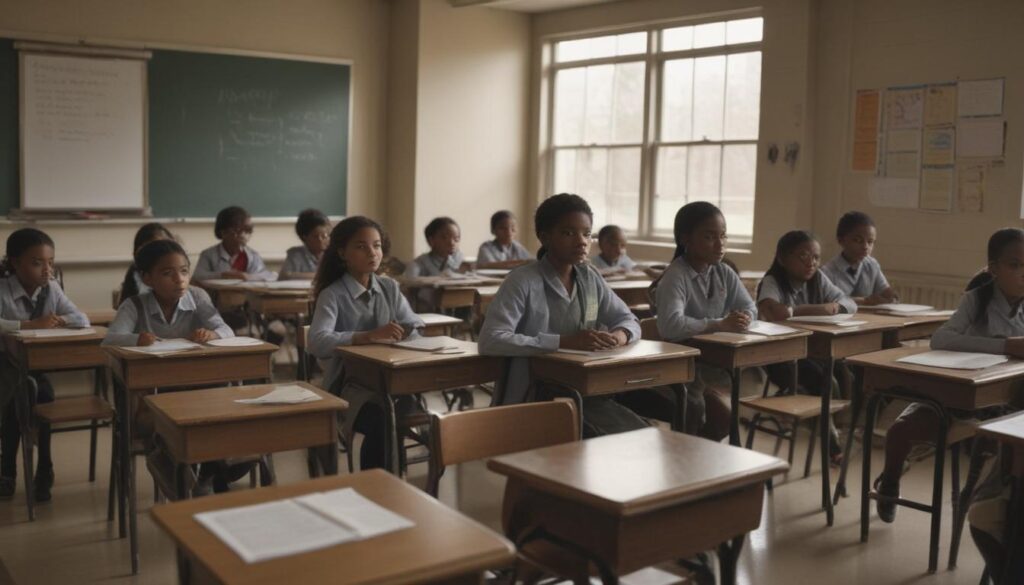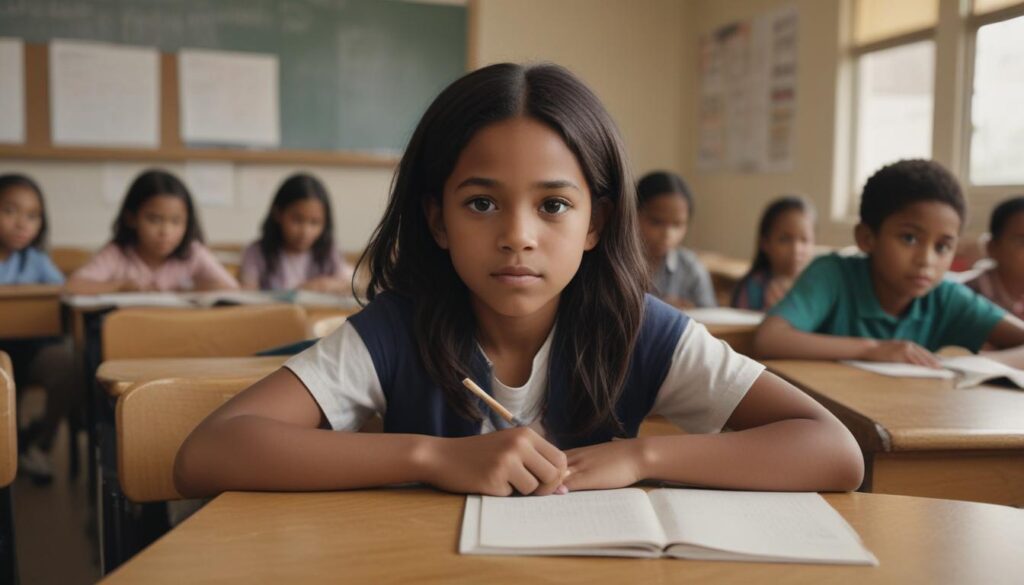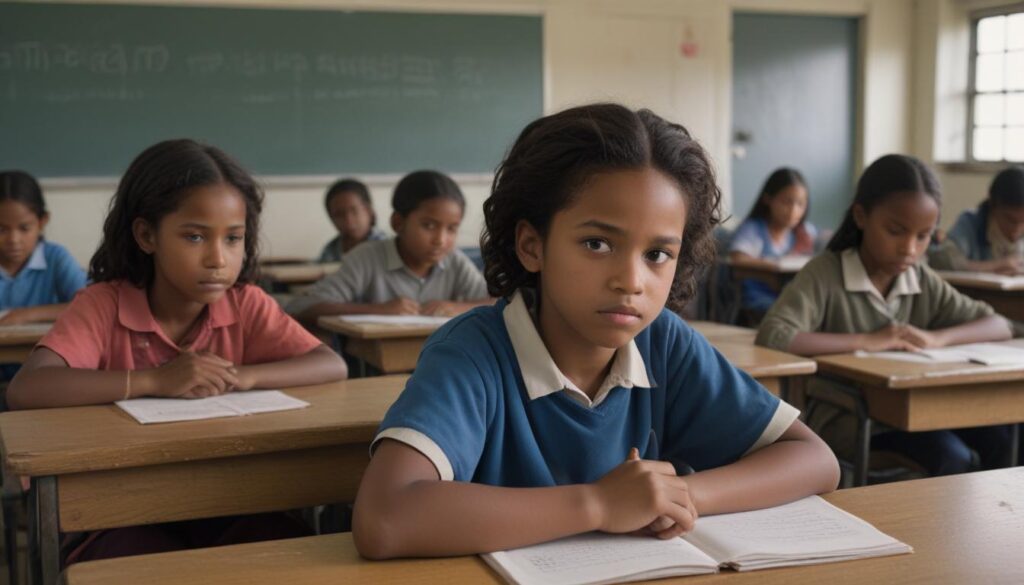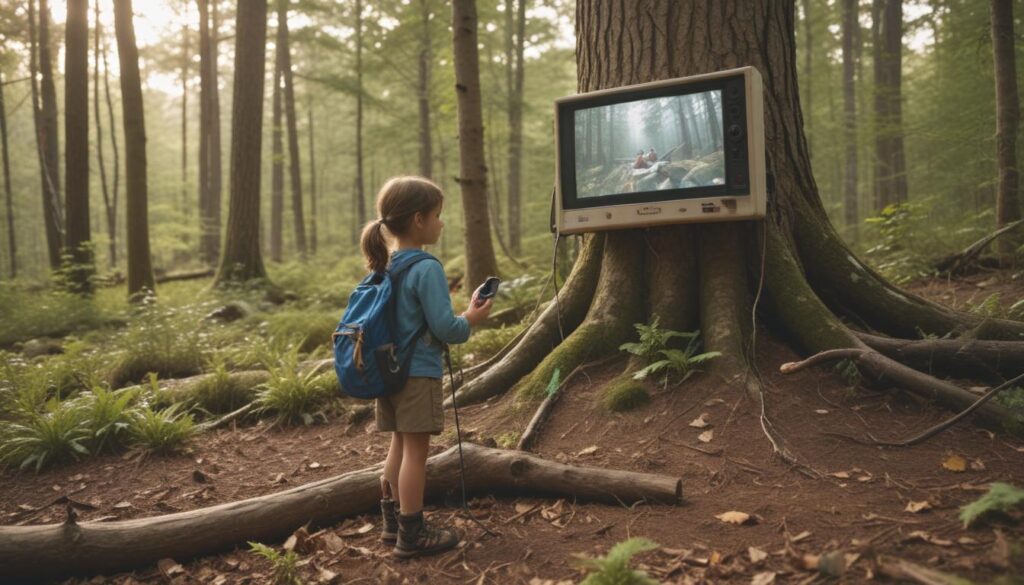Now Reading: Better Schools Through Community
- 01
Better Schools Through Community
Better Schools Through Community

Building a Strong School Community A Guide for Parents and Educators
The Role of Community in Education
Do you ever feel like you’re on the outside looking in when it comes to your child’s education? For many parents, school can feel like a black box. For educators, the classroom can sometimes feel like an isolated island. This disconnect creates gaps where students can fall through, teachers can burn out, and parents feel powerless. But there is a powerful solution that transforms education from a transaction into a thriving ecosystem. That solution is community. When parents, teachers, students, and the wider neighborhood work together, we create a supportive network that ensures every child has the best chance to succeed. This isn’t just a nice idea; it’s a fundamental pillar of modern, effective education.
Beyond Books and Classrooms Why Community Matters
A school is much more than a building where learning happens. It’s the heart of a neighborhood. When that heart is strong and connected to the community it serves, the benefits ripple outward, touching everyone involved.
Enhanced Academic Achievement
When a student’s learning is reinforced at home and supported by the community, their academic performance naturally improves. Parents who are involved in school life are better equipped to help with homework and understand the curriculum. When local professionals visit a classroom as guest speakers or mentors, they make subjects like math, science, and history feel relevant and exciting. This web of support shows students that their education is a shared priority, motivating them to engage more deeply in their studies.
Fostering Social and Emotional Growth
Academic skills are only one piece of the puzzle. A strong community provides a safe and nurturing environment where students develop crucial social and emotional skills. They learn how to collaborate, resolve conflicts, and build healthy relationships with peers and adults. Feeling a sense of belonging at school reduces anxiety and builds confidence. This holistic development prepares them not just for tests, but for the challenges and opportunities of life.
Greater Support for Educators
Teaching is an incredibly demanding profession. Without a strong support system, burnout is a real and growing problem. A connected community lightens the load. Involved parents can volunteer in the classroom, organize events, or simply offer a word of encouragement. Partnerships with local organizations can provide valuable resources, from school supplies to funding for special projects. When teachers feel seen, valued, and supported by their community, they have more energy and passion to pour into their students.
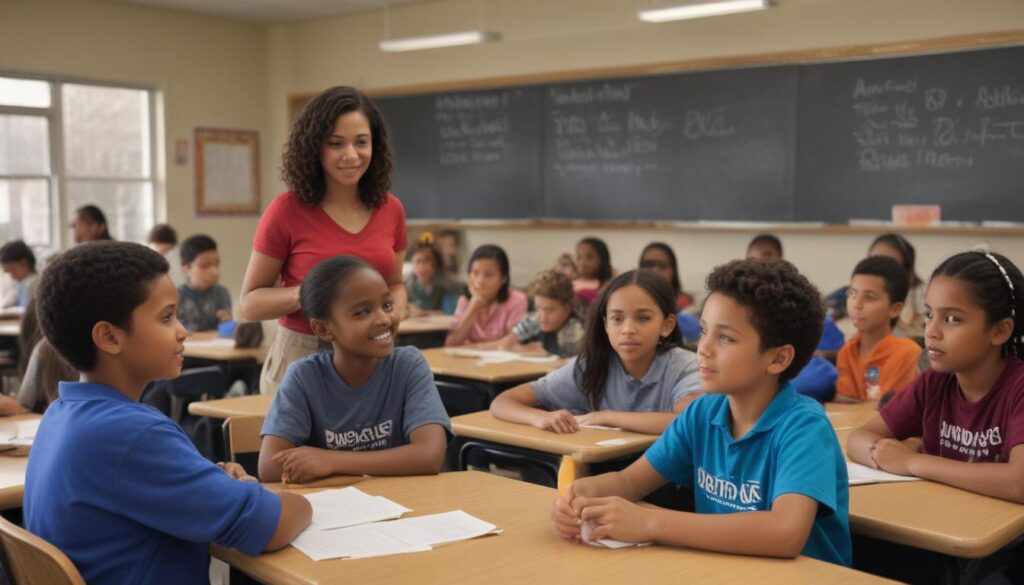
The Key Players in a Thriving School Community
Building a community is a team effort. Every member has a unique and vital role to play in creating an environment where students can flourish.
The Engaged Parent
Parents are a child’s first and most important teachers. Your involvement doesn’t have to mean leading the PTA (though that’s great too). It can be as simple as regularly communicating with the teacher, creating a dedicated space for homework, or attending school concerts and sports games. When you show you value education, your child will too.
The Collaborative Teacher
Teachers are the bridge between the school and the home. By maintaining open lines of communication, creating a welcoming classroom atmosphere, and actively seeking parental input, they lay the foundation for a strong partnership. They are the daily champions of the school’s community-focused mission.
The Empowered Student
Students are not just passive recipients of education; they are active participants in their community. Encouraging older students to mentor younger ones, creating student-led clubs, and giving them a voice in school decisions empowers them. It teaches responsibility and shows them they are valued members of the school ecosystem.
The Involved Local Partner
The community extends beyond the school gates. Local businesses, libraries, non-profits, and community centers are powerful allies. They can offer internships, sponsor events, provide volunteers, or share their facilities. These partnerships bring the real world into the classroom and connect students to the place where they live.
Practical Steps to Build a Stronger School Community
Knowing the “why” and “who” is important, but the “how” is what turns ideas into action. Here are some practical ways to start building bridges.
For Parents How to Get Involved
Start with Communication
Introduce yourself to your child’s teacher at the beginning of the year. Read school newsletters and emails to stay informed. Don’t hesitate to ask questions when you have them.
Volunteer Your Time or Skills
If you have time, volunteer in the classroom or library. If your schedule is tight, offer your professional skills. A graphic designer could help with a flyer, or an accountant could help the parent association with its books.
Attend School Events
Show up for parent-teacher conferences, science fairs, and school plays. Your presence sends a powerful message to both your child and the school staff that you are part of the team.
For Schools and Educators How to Foster Connection
Create Welcoming Spaces
Ensure the front office is friendly and inviting. Host an open house or a “Coffee with the Principal” morning to break down barriers. Use digital tools like a class blog or social media to share positive news and upcoming events.
Host Community-Building Events
Go beyond the traditional open house. Organize a cultural heritage night, a community service day, or a family STEM festival. These events celebrate the diverse talents within your community and build positive relationships.
Leverage Local Partnerships
Reach out to local business owners and community leaders. Invite them to a “Partners in Education” breakfast to brainstorm ways you can work together for the benefit of the students.
The Future of Education is Collaborative
The old model of education, where teachers taught and students learned in isolation, is fading. The future belongs to a more connected, collaborative approach. Building a strong school community is not an extra task; it is essential to the work of educating the whole child. It is a shared responsibility that yields incredible rewards—higher achievement, happier teachers, and well-rounded students who are ready to become the leaders of tomorrow.
















